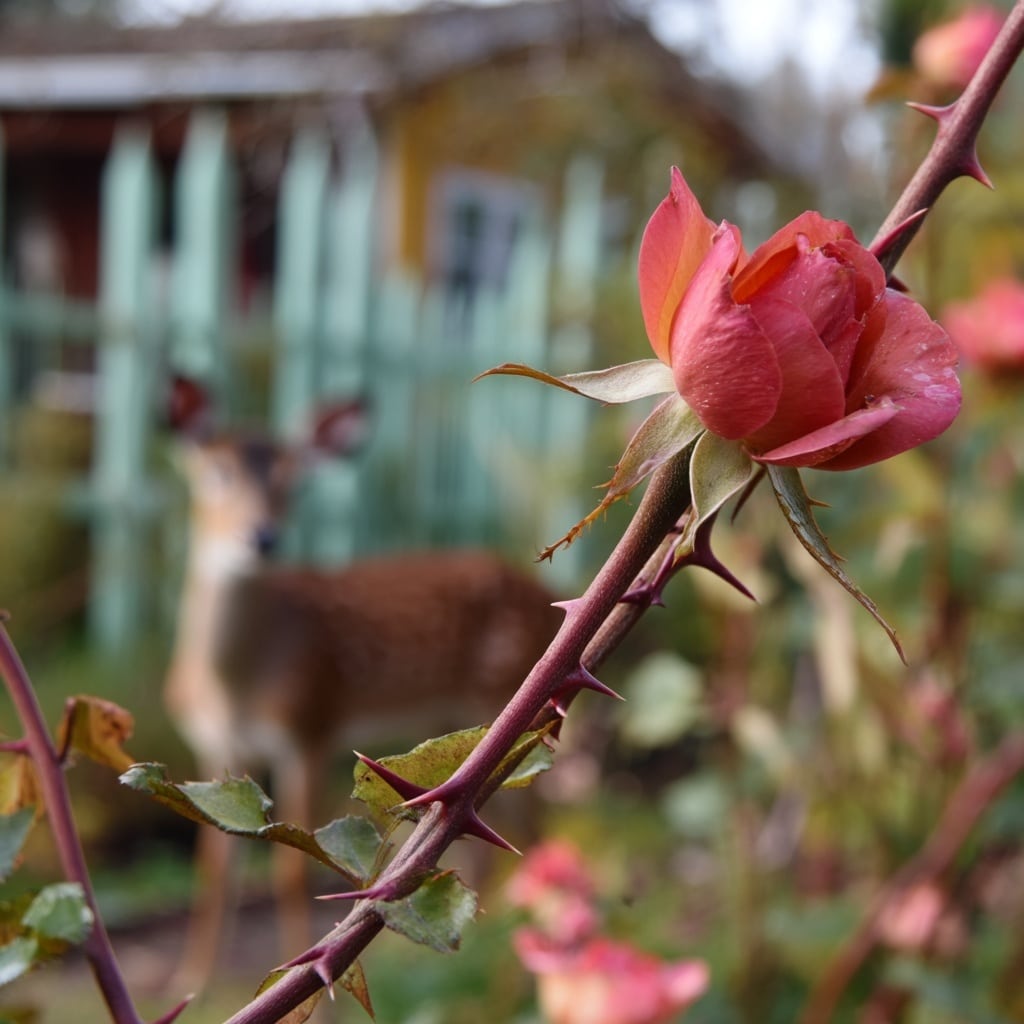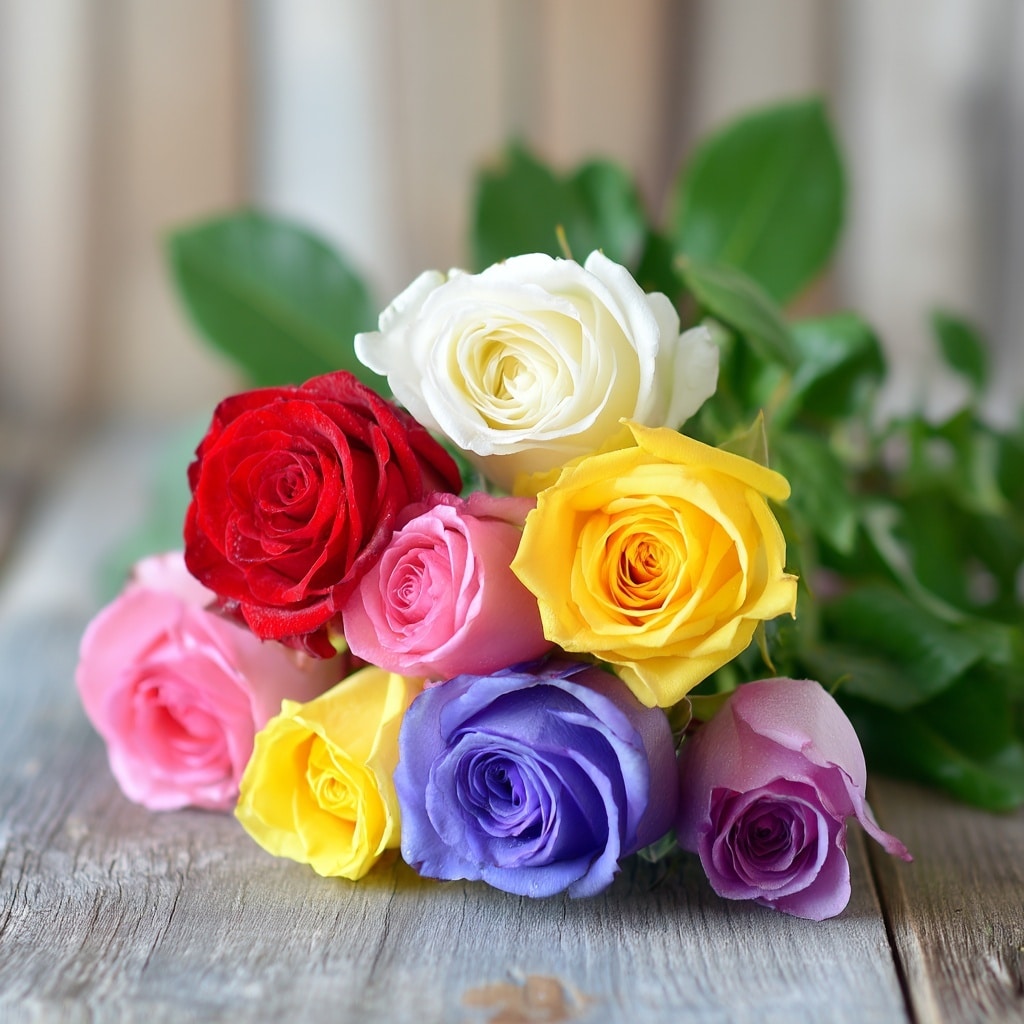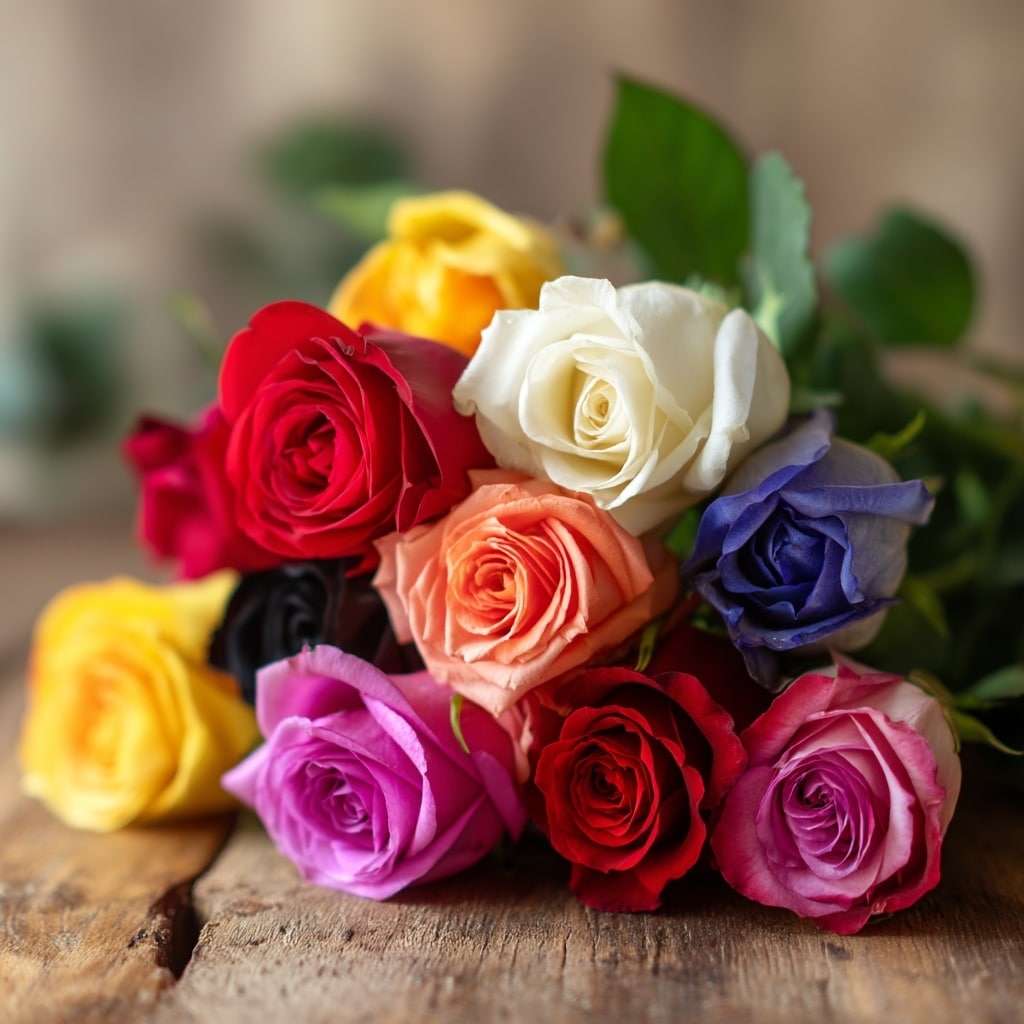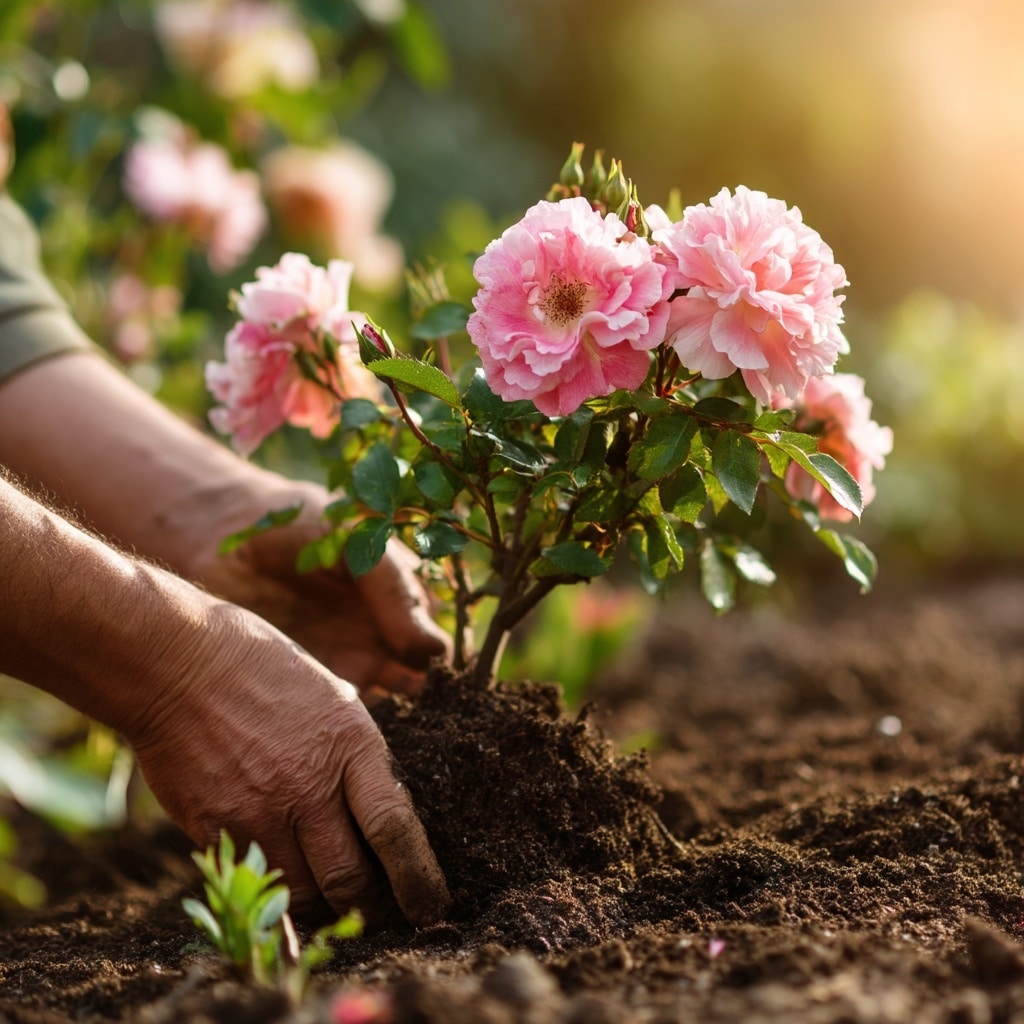The rose flower is more than just a garden favorite—it’s a timeless symbol of beauty, emotion, and resilience. Known for its vibrant colors, sweet fragrance, and graceful petals, the rose flower has earned a permanent spot in gardens around the world. With over 300 species and countless hybrids, there’s a rose for every gardener—from the novice planting their first bush to the seasoned green thumb cultivating a climbing variety along a trellis.
If you’ve ever wondered how to grow rose flower at home, you’re not alone. With the right timing, care, and a little patience, roses can flourish in home gardens, patios, or even large pots. This guide will walk you through everything you need to know to grow, maintain, and fully enjoy the charm of rose flowers in your own space.
Table of Contents
When to Plant Rose Flowers
Timing plays a crucial role in the success of your rose flower garden. The best seasons for planting are spring and fall, but exactly when depends on your climate.
In spring, wait until the threat of frost has passed and the soil has begun to warm. This gives young roots a strong start without being damaged by lingering cold. In fall, aim to plant your roses at least six weeks before your region’s first expected frost. This window allows the roots to settle in before winter arrives.
Planting during these seasons ensures your rose flowers develop strong root systems, which support healthy blooms throughout the growing season. Whether you’re starting from bare-root roses or container-grown plants, giving them the right start sets the stage for a vibrant, long-lasting display.
Rose Flower Maintenance Tips

Keeping your rose flower plants healthy and blooming isn’t difficult when you follow a few essential care practices. Regular maintenance ensures your roses stay vigorous, resist disease, and produce abundant blooms.
🌿 Pruning for Growth and Health
Pruning is one of the most important steps in rose care. It improves airflow, shapes the plant, and encourages new growth. The best time to prune most rose varieties is in late winter or early spring, just as new buds begin to swell. Use clean, sharp pruners and make cuts just above outward-facing buds.
💧 Watering Wisely
Roses prefer deep, infrequent watering that soaks the soil but avoids wetting the leaves. This prevents mildew and black spot, common rose diseases. Aim to water at the base and allow the topsoil to dry slightly between sessions.
🌬️ Airflow and Spacing
Crowded roses are more prone to disease. Make sure your plants have adequate space between them to allow light and air to circulate freely—key to strong, blooming rose flowers.
With these simple habits, your garden will reward you with lush foliage and vivid, fragrant blooms season after season.
Handling Thorns and Keeping Pests Away

One feature that sets the rose flower apart is its thorny stem. Technically called prickles, these sharp outgrowths serve as a natural defense—but they won’t stop every visitor. Garden pests like deer still find rose plants irresistible and may munch on buds, leaves, and even stems.
🦌 Protecting Against Deer
If deer are common in your area, it’s wise to take preventive steps early. Here are a few effective strategies:
- Install fencing or mesh barriers around your rose beds
- Use natural repellents made with garlic, pepper, or essential oils
- Choose deer-resistant rose varieties, if available
🧤 Garden Safety Tip
While tending your roses, wear gloves and long sleeves to avoid scratches from thorns. For families with children or pets, consider planting thornier varieties away from play areas.
Managing thorns and pests is all about balance—keeping your rose flower safe without sacrificing its natural beauty or health.
The Meaning Behind Rose Flower Colors

Each rose flower tells a story—not just through its fragrance or form, but through its color. Whether you’re planting with purpose or gifting a bouquet, understanding the meaning behind rose colors can add emotional depth and intentionality to your garden.
Here’s what different shades traditionally symbolize:
🌹 Common Rose Flower Colors and Their Meanings
- Red – Love and admiration
- Pink
- Light Pink: Appreciation
- Medium Pink: Congratulations or sympathy
- Deep Pink: Gratitude and joy
- White – New love, purity, and remembrance
- Yellow – Friendship and cheer
- Peach – Sincerity, gratitude
- Orange/Salmon – Passion and excitement
- Purple – Enchantment or infatuation
- Green – Renewal and good news
- Blue – Mystery and intrigue
- Black – Mourning or elegance
- Rainbow/Multi-color – Pride and uniqueness
By selecting a rose flower color that aligns with a specific feeling or occasion, your garden becomes more than just a display—it becomes a message.
The Beauty and Versatility of Rose Flowers

Few plants offer the visual impact and emotional appeal of the rose flower. Whether climbing along a trellis, filling a border with colorful blooms, or growing in a simple patio container, roses bring elegance, fragrance, and timeless charm to any garden space.
🌼 A Rose for Every Style
With over 300 species and thousands of hybrids, there’s a rose flower to match every gardening style:
- Shrub roses provide structure and repeat blooms
- Climbing roses are perfect for fences, arches, or walls
- Groundcover or trailing roses soften edges and fill gaps
- Miniature varieties thrive in containers and small spaces
Roses also attract pollinators like bees and butterflies, helping to support your garden’s overall health. With proper care, they bloom from late spring through early fall, adding months of vibrant color and fragrance.
Adding rose flowers to your landscape is not just about beauty—it’s about creating a living space that feels personal, welcoming, and alive.
Ideal Growing Conditions for Rose Flowers

To thrive, every rose flower needs the right combination of sunlight, soil, and care. While roses are hardy and adaptable, giving them optimal conditions helps maximize their blooms and lifespan.
☀️ Sunlight Requirements
Roses love the sun. They need at least 4–6 hours of direct sunlight daily, with full sun being ideal. Morning sun is especially beneficial, as it dries dew off leaves and reduces the risk of fungal diseases.
🌱 Soil Preferences
Roses prefer moist, well-drained soil with a slightly acidic pH level between 6.0 and 7.0. Amend heavy clay or sandy soil with organic compost to improve texture and fertility. Good drainage is key—roses don’t like “wet feet.”
📅 Bloom Season
With proper care, most rose flowers begin blooming in late spring and continue producing buds into early fall. Deadheading spent blooms encourages repeat flowering and keeps the plant looking tidy.
By creating the right environment, you set your rose garden up for success—and enjoy a continuous display of color, fragrance, and beauty.
Conclusion
Whether you’re planting a single bush or designing a full floral border, the rose flower is a timeless addition to any garden. With hundreds of species, an endless variety of colors, and blooms that return season after season, roses offer both beauty and meaning. By understanding how to care for them—from planting and pruning to selecting the right variety—you’ll enjoy healthier plants and more vibrant blossoms.
Add a rose flower to your garden, and you’re not just growing a plant—you’re cultivating tradition, elegance, and life.


